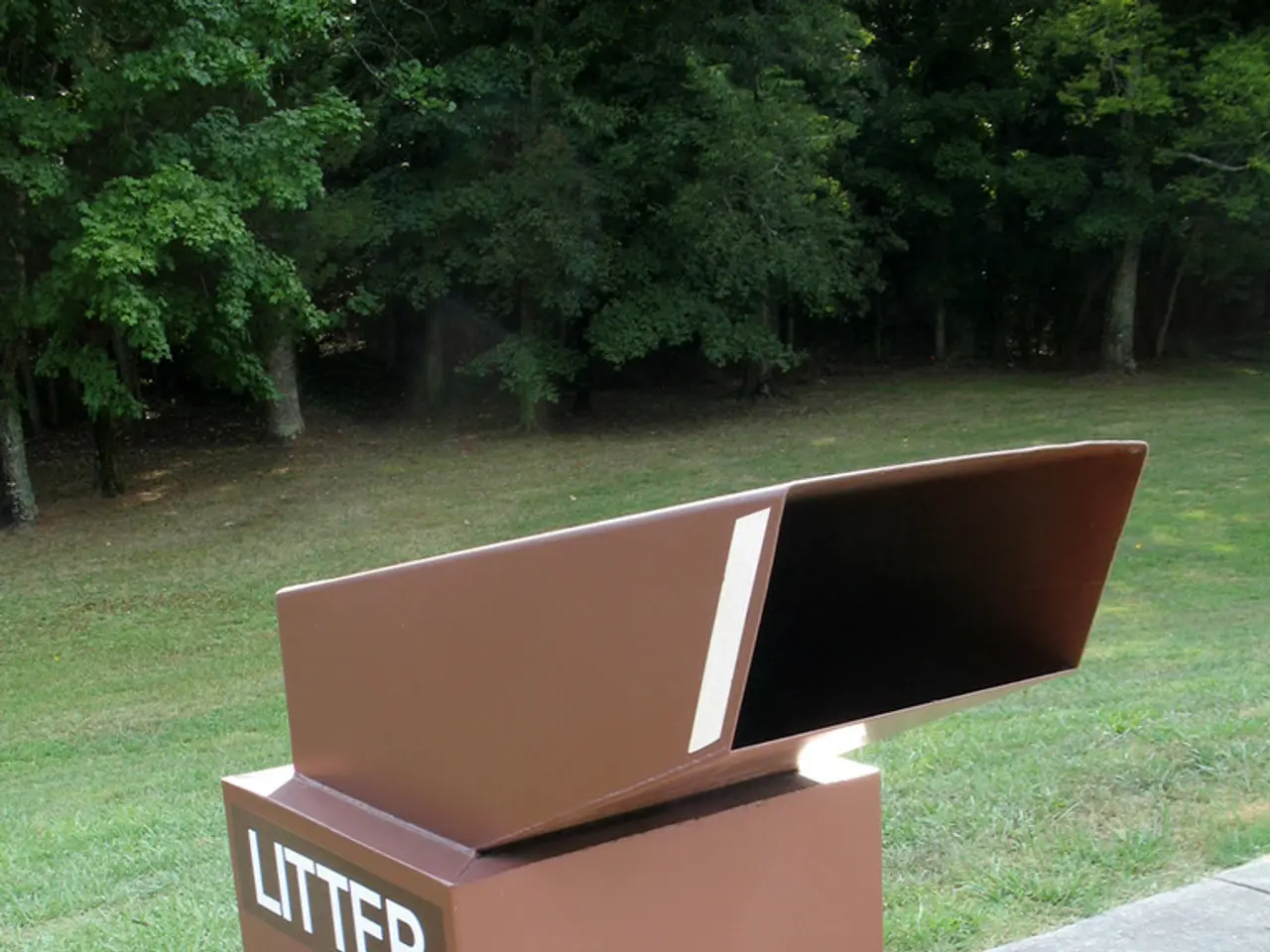Terrarium Basics: A Comprehensive Bioactive Guide for Managing Leaf Litter
In the intricate world of terrarium pets, providing a natural and safe environment is essential. One key element that contributes to this is the use of leaf litter, which serves as both a food source and hiding spot for various inhabitants.
Live Oak and Magnolia leaves are top recommendations for bioactive terrariums, offering numerous benefits for both the pets and the clean-up crew.
Live Oak leaves are renowned for their durability and small size, making them ideal for maintaining a stable ground cover in terrariums. As they break down, they provide organic nutrition to the substrate, encouraging beneficial bacterial and fungal processes essential for a healthy bioactive system.
Magnolia leaves, on the other hand, offer a large surface area which supports fungal and bacterial colonization, critical for decomposition and nutrient cycling in the substrate. They act as a food source for the clean-up crew and provide cover and security for small animals. Ethically sourced Magnolia leaves are free of pesticides and fungicides, ensuring safe use in bioactive setups.
In general, leaf litter provides shelter and security for inhabitants, supports a microbial ecosystem that breaks down organic matter, supplies organic nutrition gradually as leaves decompose, and helps maintain humidity and create hiding areas for prey species when combined with certain live plants.
To ensure safety from pests or pathogens, it is advisable to sterilize leaf litter by either baking at 140°F for 20 minutes or boiling for 10 minutes before introducing it into your terrarium.
In a freshly planted terrarium, supplementing with a healthy supply of leaf litter is recommended. Over time, a settled terrarium will drop more of its own leaves. Leaf litter aids in moisture retention and soil health.
However, it's important to note that not all tree leaves are suitable for bioactive terrariums; pine and cedar leaves can potentially release chemicals harmful to terrarium pets. Thinner leaves like Maple leaves provide an easy nutrition source for isopods, while thicker leaves like Magnolia leaves offer good, long-lasting hiding spots.
When collecting leaf litter locally, ensure it's free from herbicides, pesticides, fertilizers, unsuitable tree species, pests, or dangerous microbial nasties. Unless storing some over winter, you'll probably need to buy leaf litter at some point. Sterilizing leaf litter from a new source is recommended.
In conclusion, Live Oak and Magnolia leaves are excellent choices for bioactive terrariums due to their durability, microbial support, and benefits for inhabitants and clean-up crews. Proper preparation enhances their safety and effectiveness as a substrate component.
- For those interested in lifestyle and self-development, understanding the essential aspects of maintaining a bioactive terrarium can provide a unique learning experience.
- In the realm of fashion-and-beauty and home-and-garden enthusiasts, incorporating Live Oak and Magnolia leaves into terrarium decor not only adds a natural touch but also supports the health and well-being of the terrarium's inhabitants.
- Foodies and travelers alike might find intrigue in the culinary possibilities offered by various terrarium pets, as a well-maintained bioactive terrarium can serve as an indoor micro-ecosystem, showcasing a diverse range of edible plants and animals.




